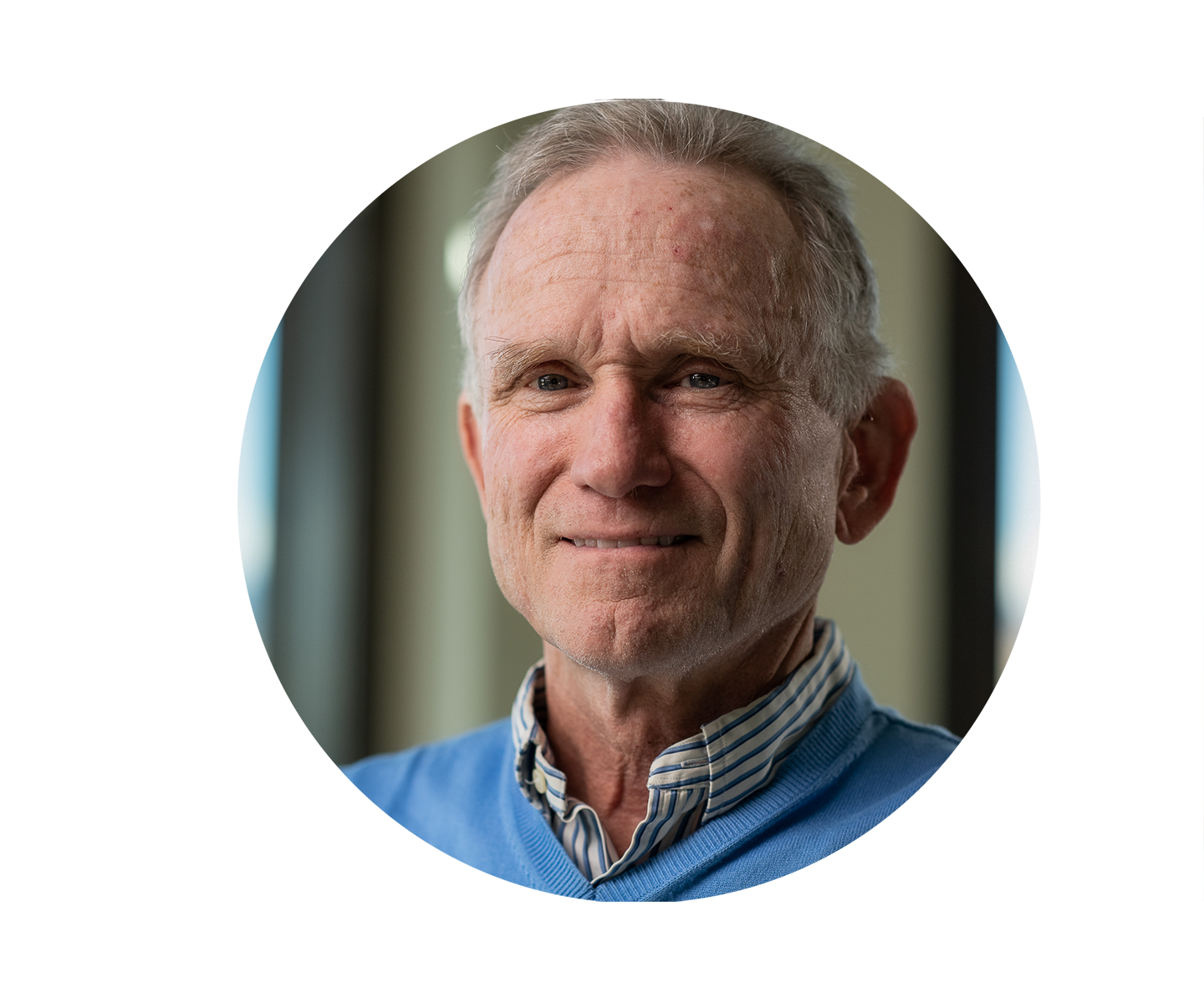The Power of Identity in Establishing Meaningful Habits: Embodying Mindfulness
Nov 27, 2023
Have you ever wondered why some habits stick effortlessly while others seem to slip away despite your best efforts? One secret lies in the connection between actions and your identity. The more deeply intertwined an action becomes with who you perceive yourself to be, the stronger and more enduring the habit becomes.
Consider this: the foundation of establishing habits lies in aligning your actions with your identity. If your goal is to cultivate mindfulness or adopt a meditation practice, your identity plays a crucial role. Believing in yourself as a mindful individual or identifying as a meditator reinforces and supports the habit formation. Conversely, doubts or conflicting beliefs about your ability to meditate can hinder the establishment of these habits.
Often, a major barrier to habit formation is the conflict within your self-image. Your beliefs about who you are can either propel you towards a habit or hold you back from embracing it fully. To foster meaningful habits, it is essential to upgrade your beliefs and self-image to align with the habits you wish to cultivate.
Habits are not merely about actions; they define who you are. Your habits embody your identity, shaping your default way of being. Therefore, the habits you choose to nurture profoundly influence how you perceive yourself and how you engage with the world. For instance, adopting mindfulness practices isn’t just about having a skill; it’s about becoming a person who embodies presence and mindfulness in everyday life.
The process of habit formation isn’t strictly tied to a specific number of repetitions. It depends on various factors such as the complexity of the action, the alignment of underlying beliefs, and the supportiveness of your environment. The goal of habits is to facilitate problem-solving or create opportunities with minimal energy expenditure.
James Clear, in his book "Atomic Habits," describes a feedback loop consisting of cues, cravings, responses, and rewards that dictate behavior. He outlines four laws of behavior change crucial for establishing habits: making it obvious, making it attractive, making it easy, and making it satisfying.
Moreover, habits are a journey of self-discovery and transformation. Embracing mindfulness practices requires patience and commitment. It’s advisable to allow at least a year for mindfulness practices to become ingrained as habits, allowing them to shape your default mode of being.
In essence, the power of habits extends beyond mere actions; they shape your identity and define your being. By consciously aligning your habits with your desired identity, you pave the way for a more intentional and fulfilling life. Remember, your habits are not just what you do; they are a reflection of who you are becoming.

I wrote a book, Profit with Presence: The 12 Pillars of Mindful Leadership, which goes in to further detail about this topic and more.
Although the world is currently abuzz with the term “mindfulness,” some believe mindfulness is a fringe activity to be practiced before or after the workday, if at all. Too few business professionals take the time needed to be present and aware throughout the workday, which is counterproductive. Mindfulness is not only a path to personal success, but a sound business strategy.
My hope is to positively impact the world through infusing more mindfulness into business -- and it starts with each of us individually. Together, we can create a future where mindfulness is deeply embedded in our work culture, leading to greater well-being, productivity, and meaningful success for all.
I am available for select 1:1 coaching; workshop facilitation and key note speaking: email [email protected] with inquiries.
- Dr Eric Holsapple

Are you a professional that is seeking more to this life?
Get my free mindfulness resources here
Learn more about my book, Profit with Presence: The 12 Pillars of Mindful Leadership here
Check out the Profit with Presence Podcast Miniseries here
Watch videos on YouTube here
Learn more about my nonprofit, Living in the Gap, here
Connect with us on social media:
